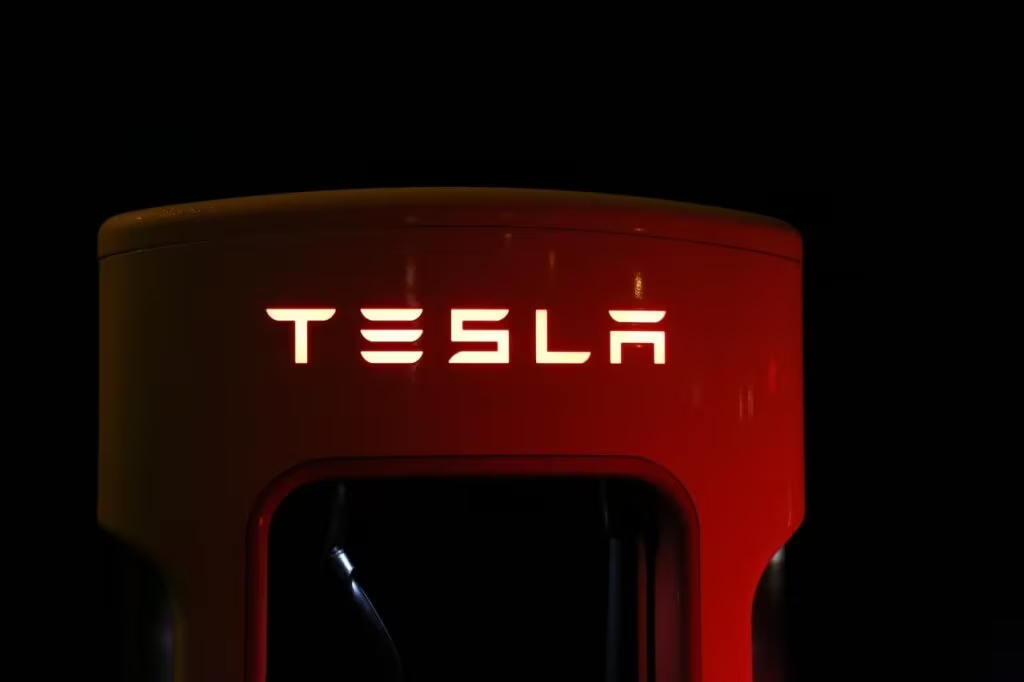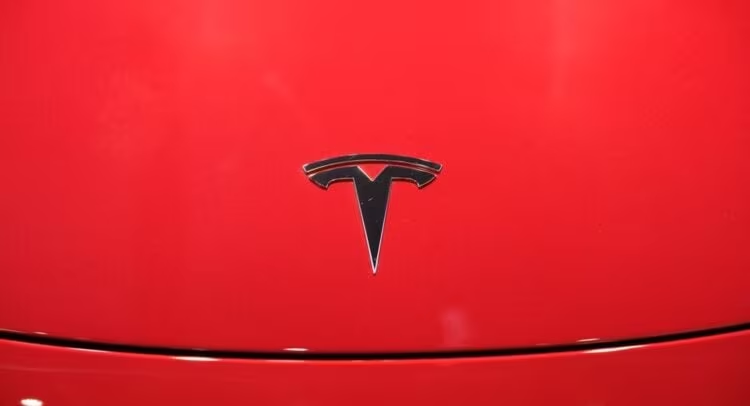Tesla Faces Critical Headwinds as China Sales Plummet in October 2024
The highly competitive Chinese electric vehicle (EV) market delivered a sharp challenge to Tesla in late 2024, with the company’s sales in the region falling to a three-year low in October 2024. This significant drop underscores the escalating pressure from powerful domestic manufacturers and signals a critical inflection point for the American automaker’s strategy in its second-largest market.
For investors and industry observers, the decline is a stark reminder that Tesla’s dominance is being rapidly eroded by local champions who are aggressively competing on price, technology, and localized features. The October figures, representing the lowest monthly sales volume since late 2021, highlight the difficulty Tesla faces in maintaining momentum against rivals like BYD and emerging premium brands.
Understanding the Significance of the Three-Year Low
The metric of a “three-year low” is particularly concerning because it predates the massive production ramp-up at Giga Shanghai and the widespread adoption of the refreshed Model 3/Y lineup. While October often sees a seasonal dip following the Golden Week holiday, the severity of this decline suggests underlying structural issues rather than mere seasonality.
China is not only Tesla’s primary manufacturing hub outside the U.S. but also a crucial battleground for global EV leadership. The sales figures tracked here typically reflect vehicles delivered to customers within mainland China, excluding the significant volume of vehicles exported from Giga Shanghai to Europe and other Asian markets.
Key Factors Driving the Decline
Several interconnected factors contributed to the sharp slowdown in domestic Chinese deliveries during this period:
- Intense Price Wars: The Chinese New Energy Vehicle (NEV) market has been locked in a brutal price war, initiated partly by Tesla itself. However, domestic players have responded with even deeper cuts and better value propositions, making Tesla’s Model 3 and Model Y less competitive on a price-to-feature basis.
- The Rise of Domestic Champions: Local automakers, particularly BYD, have captured massive market share by offering a diverse range of models, including plug-in hybrids (PHEVs) and pure EVs, often integrating superior smart cockpit technology tailored to Chinese consumer preferences.
- Product Cycle Maturity: Despite minor refreshes, the core designs of the Model 3 and Model Y are maturing. Chinese consumers, known for their rapid adoption of new technology, are increasingly drawn to newer, more feature-rich models from competitors like Nio, Xpeng, and Li Auto.
- Focus on Exports: Giga Shanghai often prioritizes export shipments at the beginning of a quarter. While this helps global delivery numbers, it can artificially depress domestic Chinese sales figures for specific months, such as October, which marks the start of the fourth quarter shipping cycle.

The Competitive Landscape: BYD’s Dominance
The primary competitive pressure on Tesla comes from BYD, which has cemented its position as the global leader in overall NEV sales (including both pure EVs and PHEVs). BYD’s strategy is fundamentally different from Tesla’s, focusing on volume, vertical integration (controlling battery supply), and offering a wide spectrum of vehicles across various price points.
While Tesla continues to lead in the premium pure EV segment in some regions, BYD’s ability to deliver high-tech, affordable vehicles has captured the mass market in China. This dynamic makes it increasingly difficult for Tesla to achieve significant sales growth without further aggressive price reductions, which inevitably squeeze already tight profit margins.
“The Chinese consumer is highly discerning and demands rapid innovation, especially in software and in-car entertainment. Domestic manufacturers are simply moving faster in tailoring these features than global brands currently are,” noted one industry analyst following the October data release.
Implications for Tesla’s 2025 Strategy
The poor performance in October 2024 serves as a crucial warning sign for Tesla’s operational planning in 2025. The company must address the competitive gap, particularly in product freshness and pricing strategy.
Potential Strategic Shifts:
- Accelerated New Model Introduction: Pressure mounts to expedite the launch of the next-generation platform, often referred to as the Model 2 or a smaller, more affordable vehicle, which could better compete with the high-volume offerings from BYD.
- Localized Software Development: Tesla may need to invest more heavily in localizing its infotainment system and autonomous driving features (FSD) to meet the specific demands and regulatory environment of the Chinese market.
- Pricing Stability vs. Volume: Tesla faces a difficult choice between maintaining higher margins (and accepting lower sales volume) or engaging in further price cuts to regain market share, risking a global margin erosion.

Key Takeaways from the October Sales Data
The three-year low in China sales for Tesla in October 2024 highlights the severity of the market conditions and the need for strategic adaptation. These are the essential points for understanding the situation:
- The Core Fact: Tesla’s China domestic sales fell to their lowest level since late 2021 in October 2024.
- Primary Cause: The decline is largely attributed to fierce competition from Chinese domestic brands, particularly BYD, and ongoing price wars.
- Product Cycle: The aging Model 3/Y platforms are struggling to compete against newer, feature-rich domestic offerings.
- Strategic Challenge: Tesla must balance its global margin goals with the necessity of aggressive pricing to maintain relevance in the world’s largest EV market.
- 2025 Outlook: Success in 2025 hinges on the introduction of new, more affordable models and enhanced localization efforts.
Tesla’s performance in China is a bellwether for the global EV industry. The October 2024 sales figures confirm that the era of easy growth for foreign automakers in China is over. The market is maturing rapidly, rewarding agility, localization, and aggressive pricing.
While Tesla’s brand remains strong, the company cannot rely solely on its established models. The pressure exerted by the three-year low in sales necessitates a swift and decisive strategic response in 2025, focusing on innovation that specifically addresses the needs of the sophisticated Chinese consumer. Failure to do so risks ceding further ground to the highly efficient and technologically advanced domestic champions.

What’s Next
Industry focus will now shift to the full Q4 2024 delivery numbers and, crucially, Tesla’s guidance for 2025. Any indication of further price cuts or delays in new product launches will be scrutinized. Analysts anticipate that Tesla will heavily rely on strong export numbers from Giga Shanghai in the coming months to offset the domestic slowdown, but sustained growth requires winning back the Chinese consumer on home turf.
Original author: Vince Condarcuri
Originally published: November 24, 2025
Editorial note: Our team reviewed and enhanced this coverage with AI-assisted tools and human editing to add helpful context while preserving verified facts and quotations from the original source.
We encourage you to consult the publisher above for the complete report and to reach out if you spot inaccuracies or compliance concerns.

